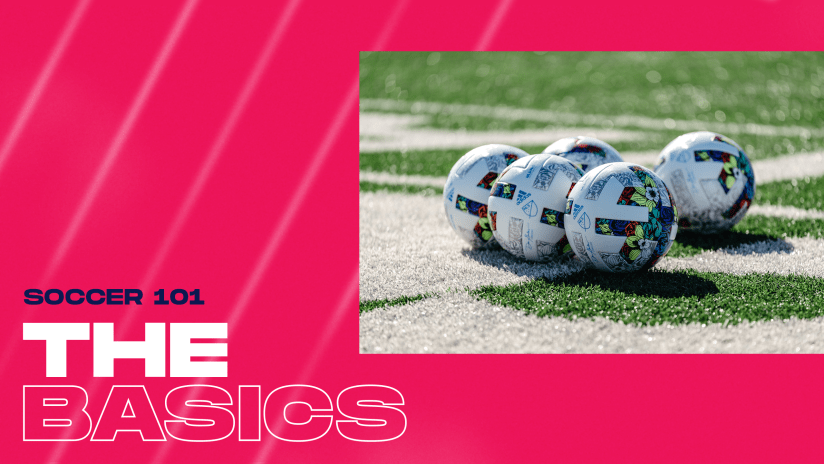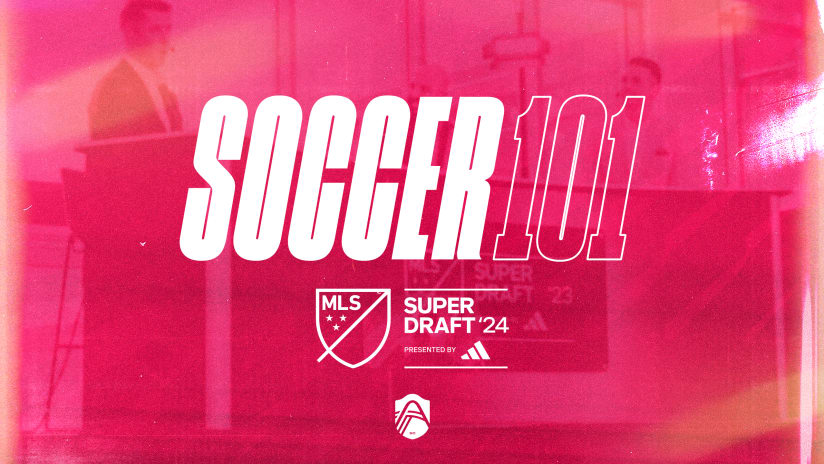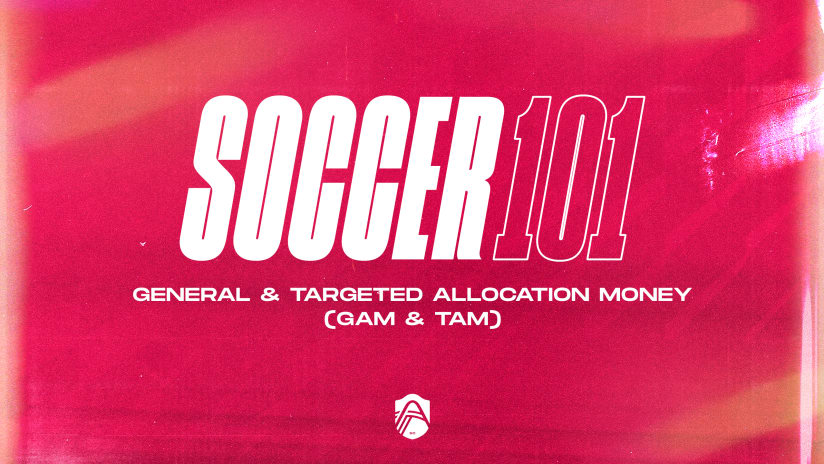Written by Zach Lowy | Co-founder & Lead Writer at BreakingTheLines.com
Soccer has withstood the test of time and developed as the world’s most popular sport, and although St. Louis CITY Soccer Club is the first MLS club to take root in the region, St. Louis’ history with the beautiful game stretches back nearly 150 years. As the club prepares to kick off their maiden campaign in 2023, learning the ins and outs and grasping the fundamentals of the game is key to becoming a soccer fanatic.
THE PITCH
As far as standardized rules go, soccer is played on a grass or artificial turf field or ‘pitch’ which is divided by two sections that are typically 75 yards wide and 120 yards long. Soccer matches are split into two halves of 45 minutes, although referees often tack on ‘stoppage time’ minutes during the end of each half. Kick-off is determined by a pre-match coin toss, whereby the winning team can either choose to start with the ball or choose which goal they want to attack.
SET-PIECES
One key area where European football differs from American football is “set-pieces,” which refer to situations where the ball is returned to open play following a stoppage. These include corner kicks, which occur when the ball goes over the goal line without a goal being scored and having last been touched by the defending team. If the attacking team is the last to touch the ball before it goes over the goal line, then a goal kick is awarded, where the ball must be stationary and on the ground within the kicking team’s area and the opposing players must be outside of the penalty area until the ball is in play. Goalkeepers will often take goal kicks, although this is not compulsory; the player must kick the ball in motion for the ball to be in play, it must not be picked up by the hands of the goalkeeper.
CORNER KICKS
As for corner kicks or ‘corners,’ a player on the attacking team will kick the ball from the corner of the field of play nearest to where it originally went out of play. Although most players will attempt to find the head of a teammate with a lofted corner kick, others decide to instead play it short to a nearby teammate and dribble into the penalty area.
PENALTY KICKS
Penalty kicks occur when a player commits a foul in their own penalty area, and result in a player on the other team attempting to score from the penalty mark. Apart from the penalty shooter, the only player allowed in the box during penalty kicks is the goalkeeper, who is allowed to move before the ball is kicked but must remain on the goal-line between the goal posts, facing the kicker without touching either of the goal posts or crossbar or goal net. The goalkeeper must have at least part of one-foot touching or in line with the goal line at the moment the kick is taken, and the kicker must kick the ball forward.
FREE KICKS
When fouls are committed outside the box, the referee can award a direct or indirect free kicks. Indirect free kicks are given for less serious offenses, and unlike corner kicks, direct free kicks, and penalty kicks, players cannot score from indirect free kicks.
THROW IN
When the ball exits the side of the field of play or the ‘touch-line,’ a throw-in is given to the opponents of the player who last touched the ball, whether deliberately or accidentally. Opposing players may not approach closer to 2.2 yards to the point on the touch-line from which the throw-in is taken, and the thrower must have part of each foot on the touchline or on the ground outside the touchline whilst also using both hands to deliver the ball from behind and over the head. A goal cannot be scored directly from the throw-in, and a player cannot be penalized for an offside offense when receiving the ball from a throw-in.
OFFSIDE RULE
Similar to American football, soccer referees enforce the "offside rule" when an attacking player is in front of the last defender when the ball is played through to them. To be onside, a player must be behind the last defender when the ball is played to them; if he is not, the referee will call offsides and award a free kick to the defending team. A player cannot be in an offsides position if he is in his own half of play or if he is receiving the ball from a throw-in.
YELLOW/RED CARD SYSTEM
Players can receive a basic foul, a yellow card, or a red card for a foul they commit, and these are essentially divided into careless, reckless, and excessively forceful fouls. Referees will call for a basic foul and award a direct free kick to the team on the receiving end of the foul when a player tackles, kicks, trips, charges or jumps at an opponent. The opposing team must stay ten yards away from the ball during a direct free kick -- yellow cards or red cards are a far more rare occurrence and are reserved for harsher fouls.
Yellow cards may be given when a player: is guilty of unsporting behavior, shows dissent by word or action, persistently infringes the Laws of the Game, delays the restart of play, fails to respect the required distance when play is restarted with a corner-kick, free-kick, or throw in, enters or re-enters the field of play without the referee's permission, or deliberately leaves the field of play without the referee's permission.
It is entirely up to the referee whether he decides to dole out a basic foul, a yellow card or a red card. However, when a player receives a second yellow card, they are automatically sent off and will receive a red card in the process as well. A direct red card can be given even if the offending player has not committed a prior foul, although this is only reserved for extreme fouls and violent conduct, or by spitting or using offensive language to a player, or by denying a clear goalscoring opportunity.





